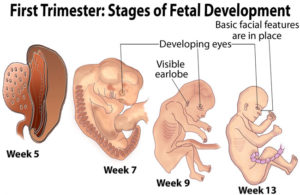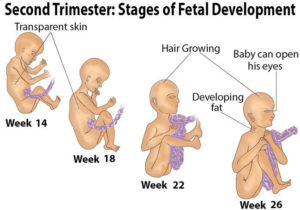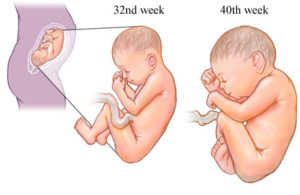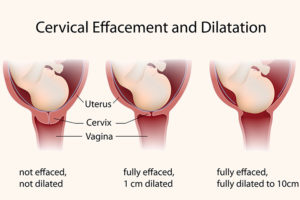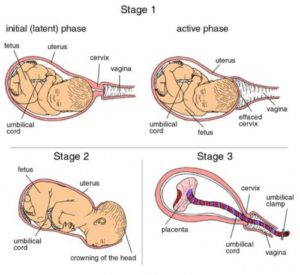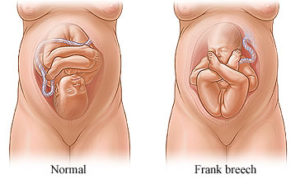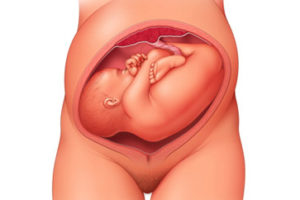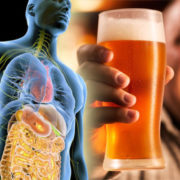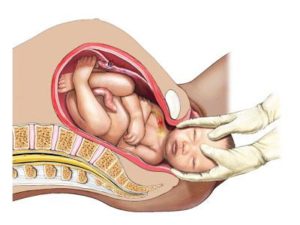8 Natural Ways to Induce Labor
As you’re approaching your due date, you’re becoming more and more ready and anxious to meet your little one. Your back is aching, your feet are sore, you can’t sleep comfortably, and most of all you’re so excited to finally see the sweet little face you’ve been dreaming about in person.
Your due date is an educated guess for when your baby might make its arrival. While many women deliver perfectly healthy babies two weeks before or after this presumed due date, it’s recommended that women wait until 40 weeks for delivery. It’s best to let mother nature decide when your baby comes.
Be aware: Any type of labor induction increases the risk of cesarean delivery and other emergency interventions. Always talk to your doctor before trying to induce labor on your own.
8 things that you can do yourself to naturally induce labor
- Nipple Stimulation
Nipple stimulation is one of the most reliable options. It helps release the hormone called oxytocin which is the hormone that causes your uterus to contract. (Oxytocin is also called the love hormone since it’s released when you feel in love.) Oxytocin is the hormone that causes the uterus to contract and milk to be ejected from the breast. In fact, if you choose to breastfeed your baby right after delivery, this same stimulation is what will help your uterus shrink back to its original size. You or your partner may manually stimulate your nipples, or you can try using a breast pump.
- Exercise/ Cardio/ Stair Climbing / Squats
Use gravity to your advantage. Get up and start moving! Physical activity helps move your baby’s head down lower in your pelvis and that allows your baby’s head to put pressure on your cervix which helps it dilate. Try walking for 30 minutes every day. If you can walk up a steep hill, even better! This causes you to lean forward at an angle helping the baby move in the right direction. Walking stairs and doing squats have also been said to be very helpful. So go ahead and get that heart pumping!
Theoretically, there are multiple reasons why having sex could induce labor. For example, sex can release oxytocin, which may help jumpstart uterine contractions. Having sex is safe at full term, but you shouldn’t have sex after your water has broken. Doing so can increase your risk of infection. Pretty much everyone knows or has been told that having sex is the way to start labor. The reason for that is the act of sex can cause contractions. Not only that, semen contains a substance called prostaglandins which helps the cervix to ripen and efface so it’s best that he also orgasms. This prepares your body for labor.
- Acupuncture & Acupressure
Acupuncture stimulates the release of oxytocin in the body. Acupuncture and acupressure is another natural method for inducing labor. With acupuncture, a practitioner places fine needles at various points along the body to balance your energy flow. Acupressure is the same concept, but instead, fingers are used to apply pressure to pressure points. These are also pressed during labor induction massages. A couple of pressure points are thought to cause contractions. One is located in the webbing between your thumb and forefinger. The other is located just above your ankle. Applying pressure to either of these two pressure points may help bring on contractions.
- Red Raspberry Leaf Tea
 Drinking this tea regularly can strengthen and tone your uterus and help those muscles in your uterus start to contract. Midwives often recommend drinking red raspberry leaf tea as your due date nears. Tea may tone and strengthen the uterus in preparation for labor. Even if it doesn’t work, you’ll stay hydrated.
Drinking this tea regularly can strengthen and tone your uterus and help those muscles in your uterus start to contract. Midwives often recommend drinking red raspberry leaf tea as your due date nears. Tea may tone and strengthen the uterus in preparation for labor. Even if it doesn’t work, you’ll stay hydrated.
Soaking in a warm bath may help to get labor going. The reason why? Soaking in the tub helps to relax you. There is evidence that stress and being uptight may keep you from going into labor. This is why massage is also beneficial. Almost anything that gets your mind off of the fact that you are still pregnant that can get you to relax can help.
- Membrane Stripping
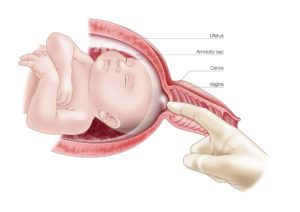 Some providers will offer to strip your membranes to encourage labor. Though the procedure is done in the office, there are no medications involved. Your doctor will use a gloved finger to separate the amniotic sac from the area around the cervix. This action releases hormones called prostaglandins, which help the body go into labor. This one can be quite uncomfortable. It hasn’t been proven to be one of the most effective forms of induction, but it is an option. If you have any vaginal infections, membrane stripping is not an option.
Some providers will offer to strip your membranes to encourage labor. Though the procedure is done in the office, there are no medications involved. Your doctor will use a gloved finger to separate the amniotic sac from the area around the cervix. This action releases hormones called prostaglandins, which help the body go into labor. This one can be quite uncomfortable. It hasn’t been proven to be one of the most effective forms of induction, but it is an option. If you have any vaginal infections, membrane stripping is not an option.
Getting a labor induction massage is a great way to get contractions going. This massage doesn’t always work immediately and may require two or three appointments to help stimulate labor. It allows you to relax your muscles around the baby and it sends signals to your body to start the labor process.
The Waiting Game
Before trying anything that might induce labor, you’ll want to speak with your doctor to go over any risks or possible complications. Though some of these methods are popular folklore among pregnant women, little scientific evidence supports their efficacy. In most cases, it’s best to let baby set their own birth date, even if it means waiting another week or two.
As the due date approaches, many couples are eager for labor to begin so they can finally meet their little one.
And though that’s the most exciting moment of your life, you might want to slow down and not rush through things. Saving your energy, rather than wearing yourself out with schemes for starting labor sooner. In other words, get some sleep while you can!
The information, including but not limited to, text, graphics, images and other material contained on this website are for informational purposes only. The purpose of this website is to promote broad consumer understanding and knowledge of various health topics. It is not intended to be a substitute for professional medical advice, diagnosis or treatment. Always seek the advice of your physician or another qualified healthcare provider with any questions you may have regarding a medical condition or treatment and before undertaking a new health care regimen, and never disregard professional medical advice or delay in seeking it because of something you have read on this website.
Resources:
https://www.healthline.com/health/pregnancy/natural-ways-to-induce-labor#takeaway



















